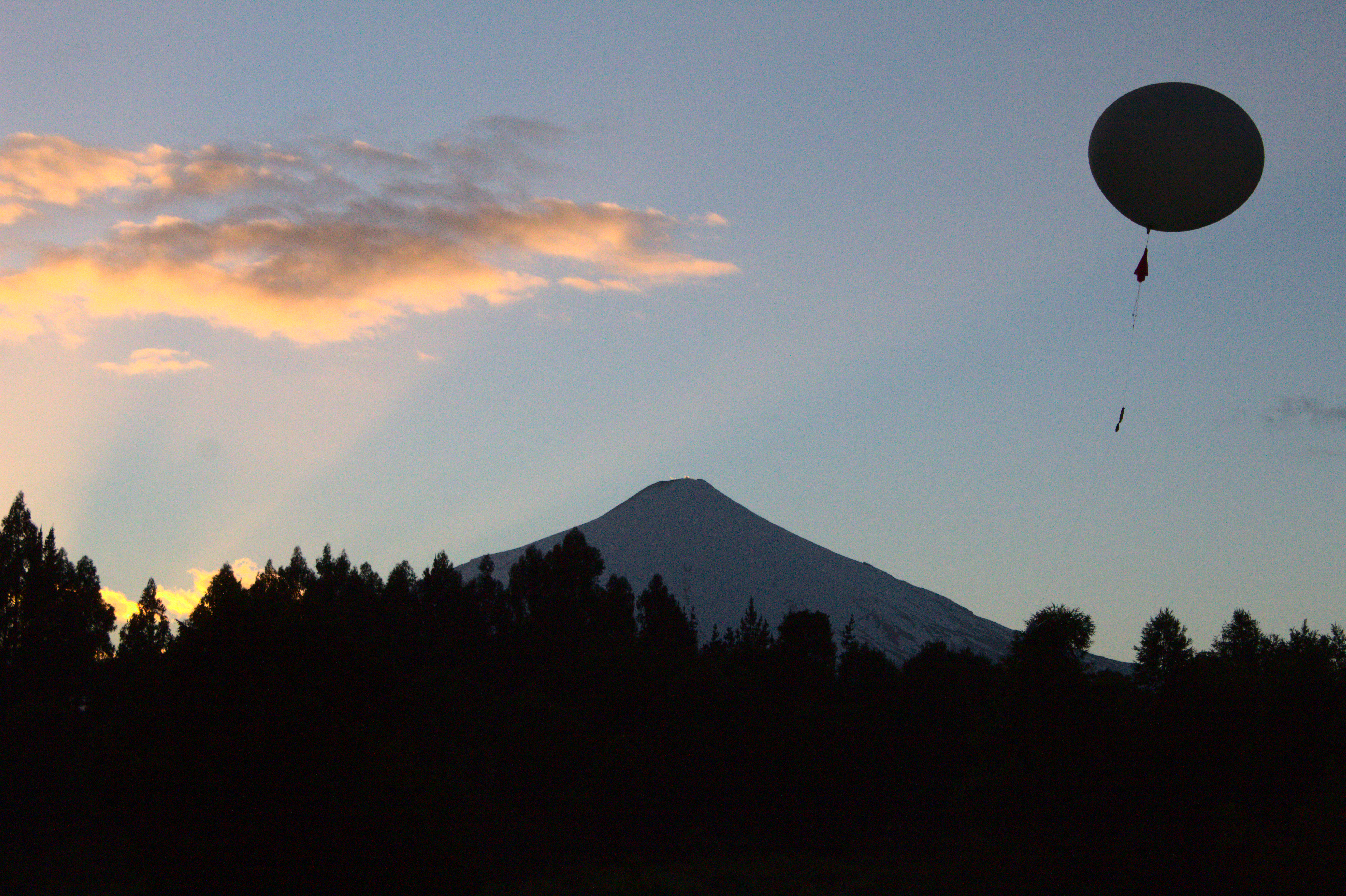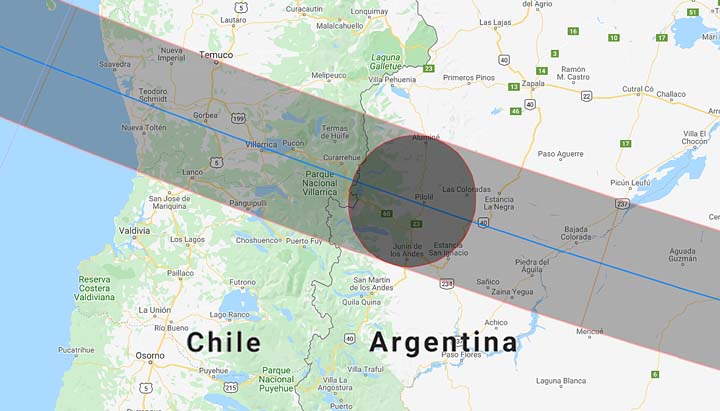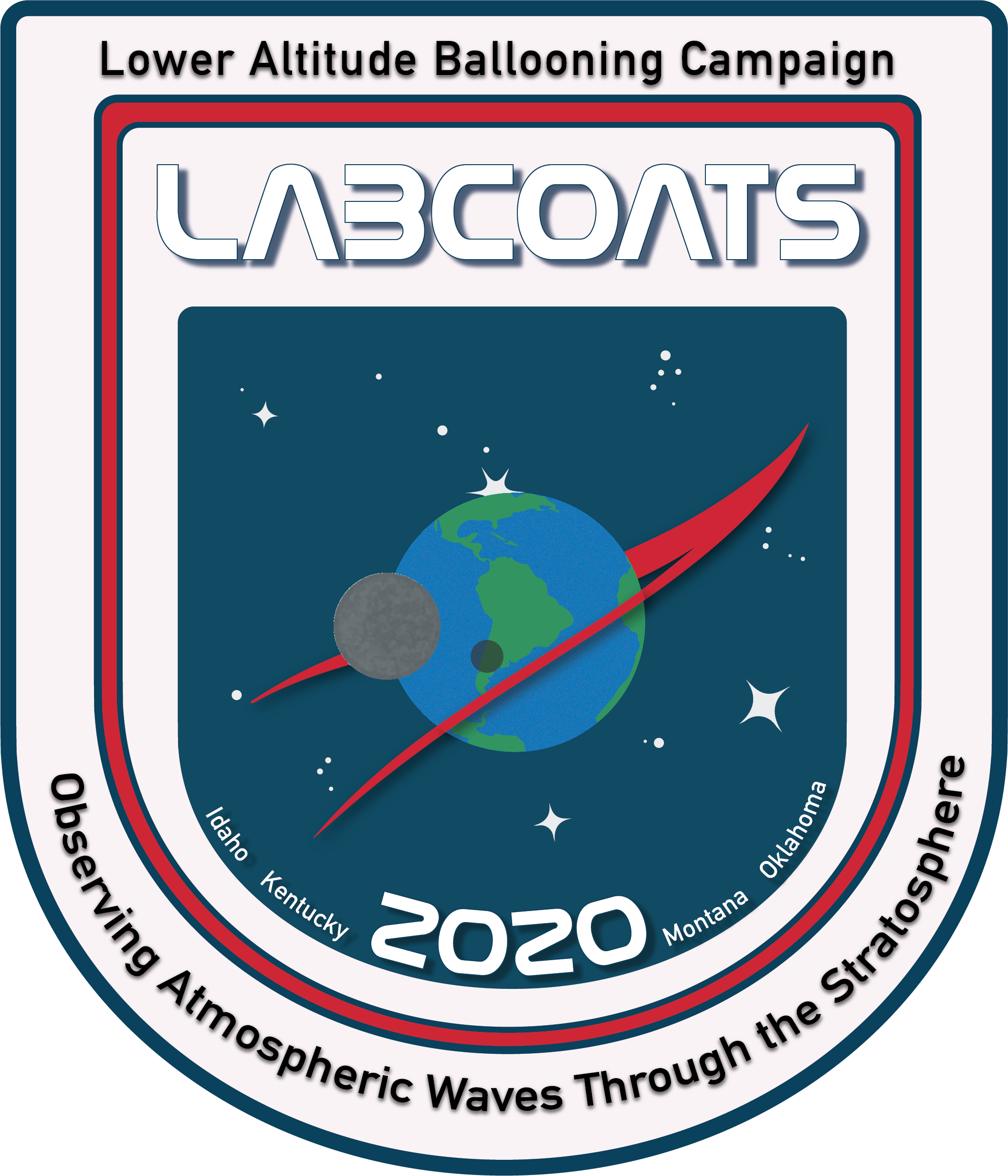2020 Total Solar Eclipse Ballooning Project

Image Credit: Keaton Blair, morning balloon launch in Villarrica, Chile December 14, 2020
Replication of our 2019 soalr eclipse research results and expansion to multiple sites remains a critical next step in the scientific process. On December 14, 2020 a total solar eclipse occurred over Chile and Argentina. Because the 2020 eclipse travelled west to east over the Andes Mountains, it represented one of the best opportunities within the next 28 years for direct comparison to our 2019 results and for spatial comparison among sites.

Photo Credit: Xavier Jubier
Why Gravity Wave Research?
Eclipses are uniquely predictable, large-scale disturbances in the atmosphere. Developing a better understanding of Earth’s dynamic atmospheric processes relies on taking advantage of rare phenomena like solar eclipses through direct observations in the field. One of the most immediate applications of this research can be the improvement of global weather forecast and climate models. Improved climate models will aid scientists in developing climate change mitigation strategies and therefore contribute to an increase in the quality of life for millions of people around the world.
Collaborators
The 2020 radiosonde campaign built upon our work in 2017 and 2019 by performing measurements for 48 hours (50 radiosonde launches per site) from two sites in Chile (Villarica and Toltén) across the path of totality between December 13th – 15th . The two sites plus data analysts in the US were comprised of teams from Oklahoma, Kentucky, Idaho, and Montana.
Video Credit: Dr. Jamey Jacob (OSU), left is an aerial timelapse of the 2020 eclipse in Toltén, Chile, right is a balloon launch timelaspe during the 2020 field campaign in Toltén, Chile.
Atmospheric River
The meteorological conditions surrounding the actual 2020 eclipse were not ideal. To our knowledge at the time, conducting the necessary field work meant battling rain and wind during balloon launches leading up to eclipse totality with an occasional glimpse of the eclipse through the clouds. What we did not know, is that we had an atmospheric river overhead. Atmospheric rivers are long, narrow bands of moisture that produce significant amounts of rain. As an atmospheric river moves inland from the ocean and is lifted over mountains, water vapor rises and cools to create heavy precipitation. This in turn creates additional sources for gravity wave development.

Video Credit: Ashley Hilferty, Villarica Chile Logo Design by Carl Spangrude
Continuing Analysis
Keep checking back for updates on our analysis. As of Fall 2021 the teams has 6 publications outlined and mulitple presentations set to be given at the December 2021 American Geophysical Union conference. For more information on what it was like to conduct a field campaign during a pandemic please read this post, "Field Research During a Pandemic".
